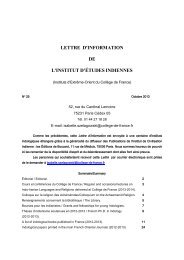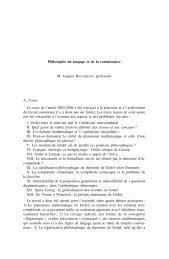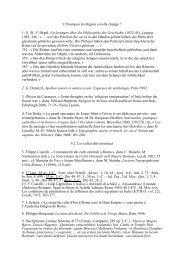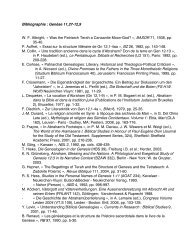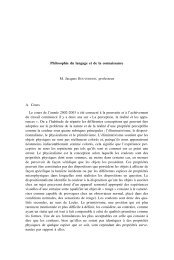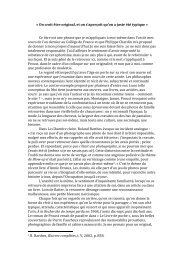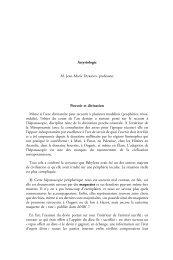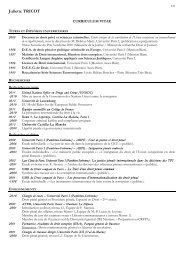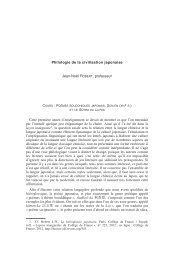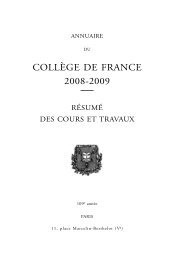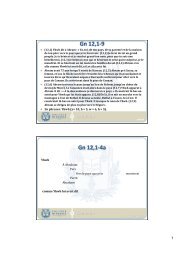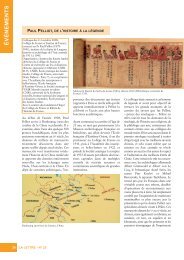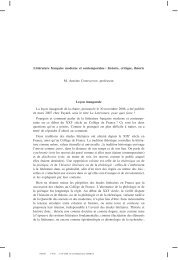Electromagnetics in deterministic and stochastic bianisotropic media
Electromagnetics in deterministic and stochastic bianisotropic media
Electromagnetics in deterministic and stochastic bianisotropic media
Create successful ePaper yourself
Turn your PDF publications into a flip-book with our unique Google optimized e-Paper software.
The Maxwell system<br />
Determ<strong>in</strong>istic problems: Modell<strong>in</strong>g<br />
Electromagnetic phenomena are specified by 4 (vector) quantities: the electric<br />
field E, the magnetic field H, the electric flux density D <strong>and</strong> the magnetic flux<br />
density B. The <strong>in</strong>ter-dependence between these quantities is given by the<br />
celebrated Maxwell system,<br />
curlH(t, x) = ∂tD(t, x) + J(t, x),<br />
curlE(t, x) = −∂tB(t, x),<br />
where J is the electric current density. All fields are considered for x ∈ O ⊂ R 3<br />
<strong>and</strong> t ∈ R, O be<strong>in</strong>g a doma<strong>in</strong> with appropriately smooth boundary. These<br />
equations are the so called Ampère’s law <strong>and</strong> Faraday’s law, respectively. In<br />
addition to the above, we have the two laws of Gauss<br />
divD(t, x) = ρ(t, x),<br />
divB(t, x) = 0,<br />
where ρ is the density of the (externally impressed) electric charge.<br />
I. G. Stratis (Maths Dept, NKUA) Collège de France November 18, 2011 10 / 95<br />
(1)<br />
(2)



